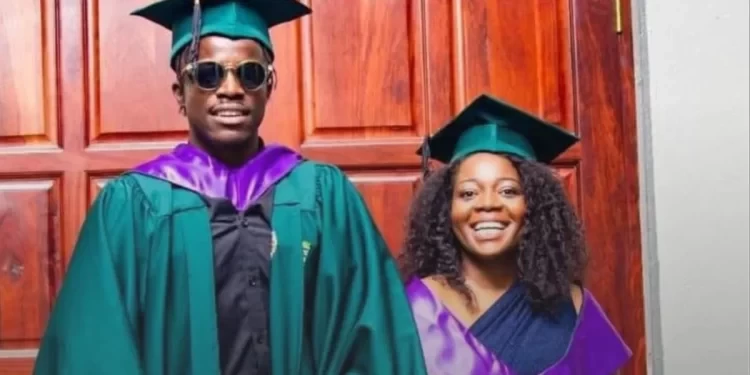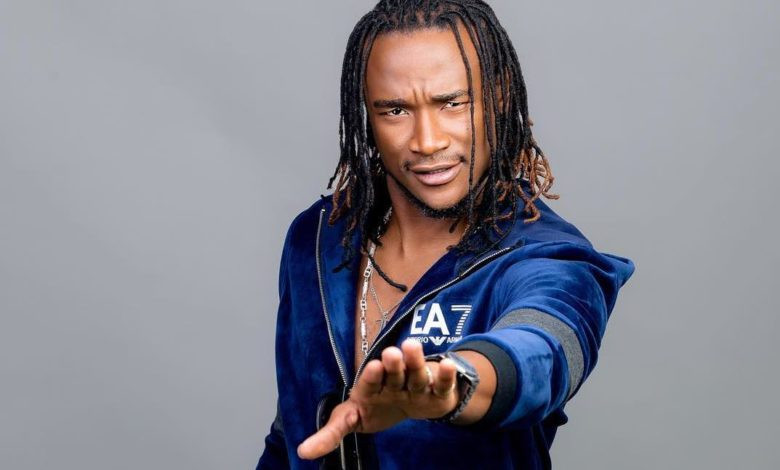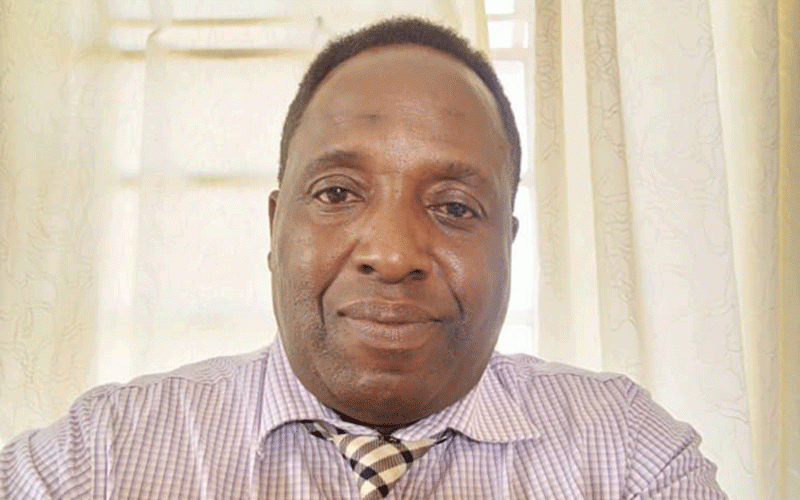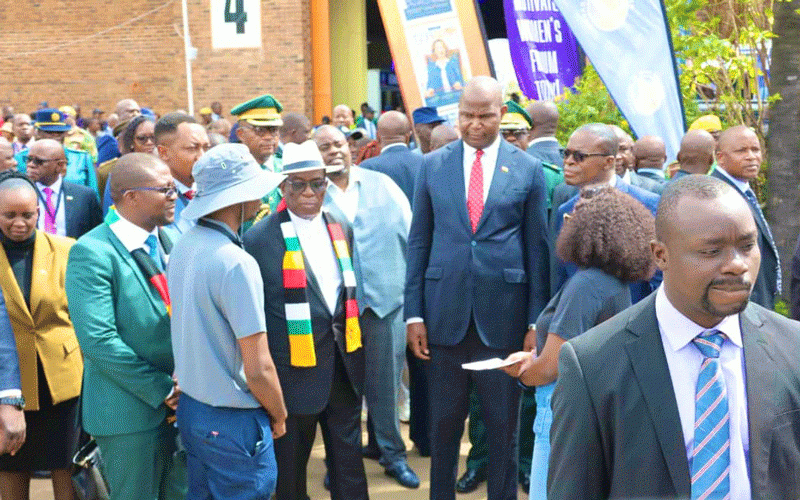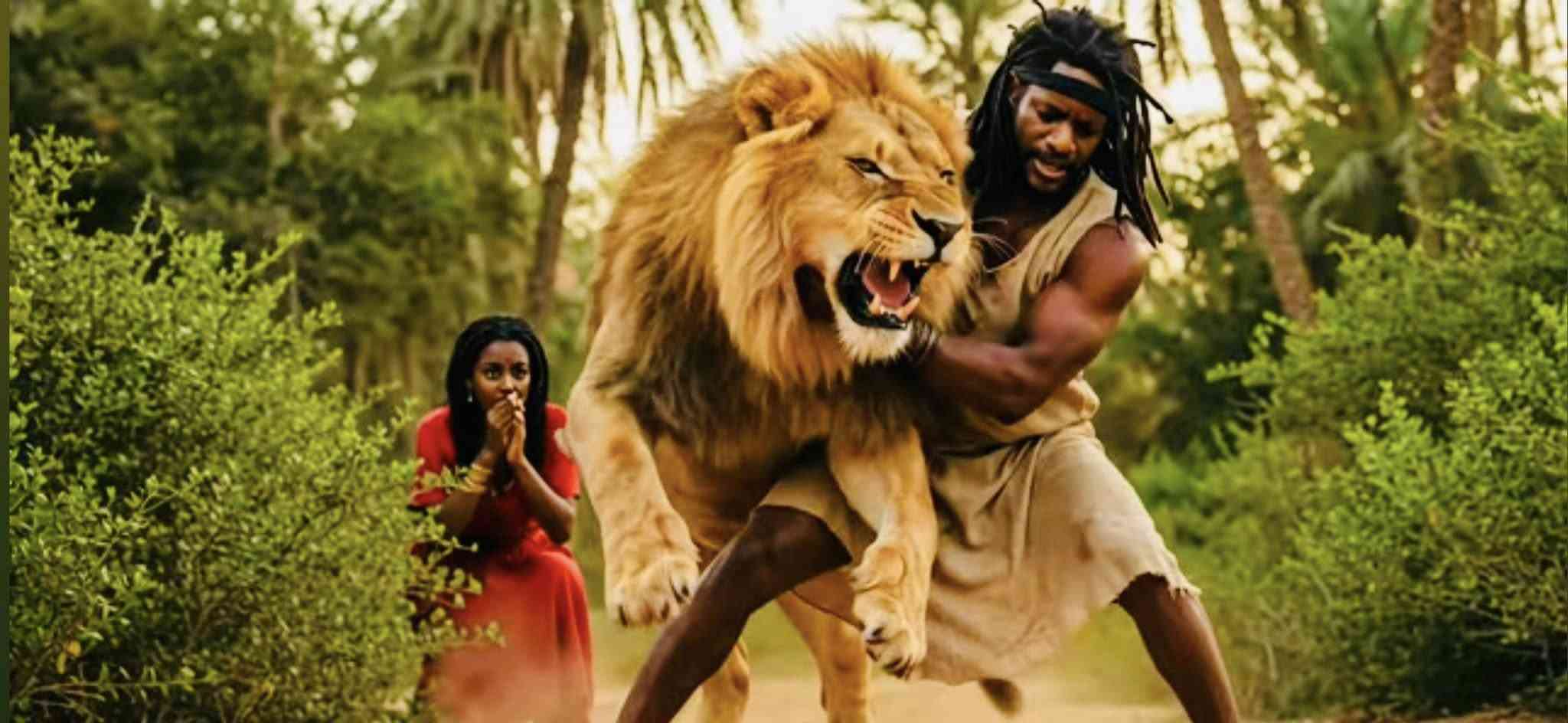
The rapid advancement of artificial intelligence (AI) has sparked a revolution across many industries including the arts sector.
While AI has the potential to open new doors for creative expression, it also raises a series of ethical questions that affect local artists and the broader creative industry.
As AI becomes an increasingly important tool for artistic creation, it is essential to explore the ethical implications of its use, particularly around issues like authorship, copyright, and the potential for job displacement due to automation.
One of the most pressing ethical dilemmas surrounding AI in arts sector is the question of authorship.
When AI-generated works are created, who owns the creative rights?
Is it the artist who programmed the AI, the AI itself, or the individual who commissioned the work?
This question becomes particularly complex when AI is used as a tool for enhancing or co-creating alongside human artists.
In local art communities, where personal connections to the creative process are often valued, AI’s involvement in art creation can challenge traditional ideas of authorship.
- Time running out for SA-based Zimbos
- Sally Mugabe renal unit disappears
- Epworth eyes town status
- Commodity price boom buoys GB
Keep Reading
For example, if a local artist uses an AI tool to help generate a painting or a piece of music, can they claim full authorship, or does the AI share part of that creative responsibility?
These questions may result in legal and moral disputes, especially if AI-generated works are sold or publicly displayed.
Copyright law is another area in which AI's presence complicates the traditional understanding of ownership. Copyright law typically protects original works of human creation, but AI-generated works do not fit neatly into this framework.
If an AI application creates a painting, a song, or a digital installation without direct human input, can it be copyrighted at all? And if so, by whom?
In local contexts, where traditional art forms and craftsmanship are integral to cultural heritage, the introduction of AI-generated works may blur the lines between cultural preservation and technological exploitation.
Local artists may fear that AI tools could undermine their creative contributions, as their work could potentially be duplicated or enhanced by AI, leading to questions of intellectual property, infringement and unfair competition.
Another significant ethical concern is the potential for job displacement in the creative industries due to AI automation.
As AI becomes more proficient at generating art, music, and even literature, it raises the possibility that human artists could be replaced or marginalised by machines.
In communities where the arts provide vital income and employment opportunities, this shift could have dire consequences for local artists.
While AI tools can enhance creativity by offering new methods of expression, the over-reliance on automation may lead to fewer opportunities for emerging artists.
In industries like music production, visual art, or even writing, AI-driven platforms could displace jobs traditionally performed by human creators, leaving artists struggling to find their place in an increasingly automated world.
For example, local musicians may find it difficult to compete with AI software that can generate music at a fraction of the cost or in a fraction of the time.
Similarly, visual artists may feel threatened by AI-generated works that can mimic their styles, leading to questions about the future sustainability of artistic professions.
In local artistic communities, culture and tradition are often deeply embedded in creative practices.
The use of AI in art creation poses a unique challenge to the preservation of cultural identity.
While AI can be used to preserve and re-interpret traditional art forms, there is a concern that it may dilute the authenticity and emotional depth of local art.
Traditional art practices often hold spiritual, social, and cultural significance that may not be captured by algorithms, which may lack the lived experience and cultural context that human creators bring to their work.
Local artists may also be concerned that AI-generated art could overshadow or commercialise their work, distorting the cultural narratives that they aim to express.
This commercialisation may further exacerbate issues of cultural appropriation, as AI can easily be programmed to replicate or borrow from traditional art forms without the deeper understanding or respect that comes from lived experience.
As the role of AI in art continues to grow, it is vital to develop ethical guidelines that address the concerns emerging in both global and local contexts.
In Zimbabwe, where art is deeply intertwined with cultural heritage, community identity, and social values, the integration of AI into artistic practices presents both exciting opportunities and serious ethical dilemmas.
The development of AI technologies offers the potential to enhance creativity and innovation within the arts, but it also raises questions about authorship, copyright, and the potential displacement of human artists in favour of automation.
To protect local artists and promote cultural heritage while embracing technological progress, clear and context-sensitive guidelines are essential.
The rise of AI in the arts industry presents both exciting possibilities and ethical challenges, particularly in the local context of Zimbabwe, where art is deeply connected to culture, identity, and social meaning.
To protect the interests of local artists while promoting innovation, Zimbabwe must develop clear ethical guidelines that address issues like authorship, copyright, fair compensation, and job displacement.
By creating a framework that encourages collaboration between human artists and AI technologies, and by ensuring that cultural heritage is respected and preserved, Zimbabwe can harness the power of AI to enhance its artistic landscape.
This framework should focus on ensuring that AI complements, rather than replaces, the work of local artists, empowering them to explore new creative possibilities while safeguarding their cultural and economic interests.
By striking a balance between innovation and tradition, Zimbabwe can ensure that the impact of AI on its creative industries is both positive and sustainable.
- Raymond Millagre Langa is a musician, orator, writer and the founder of Indebo Edutainment Trust Follow Millagre Ray Langa on Facebook #Millagre Ray L, e-mail millagrepapaito@gmail.com. You can reach out to Indebo Edutainment Trust on Facebook, Instagram and X or indebotrust@gmail.com


